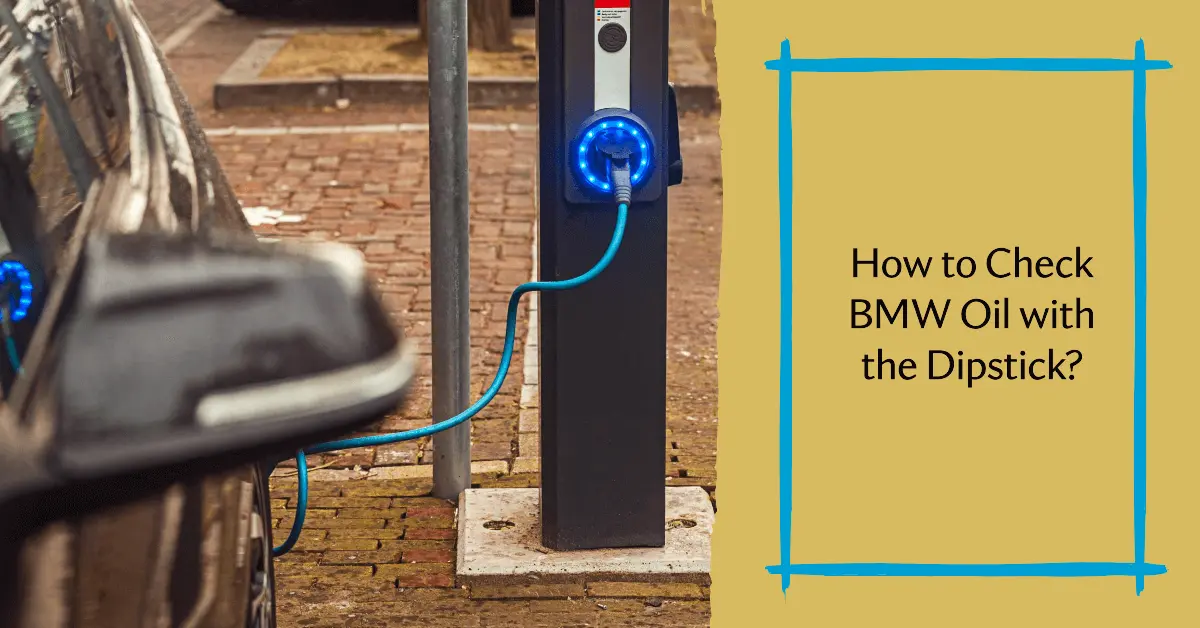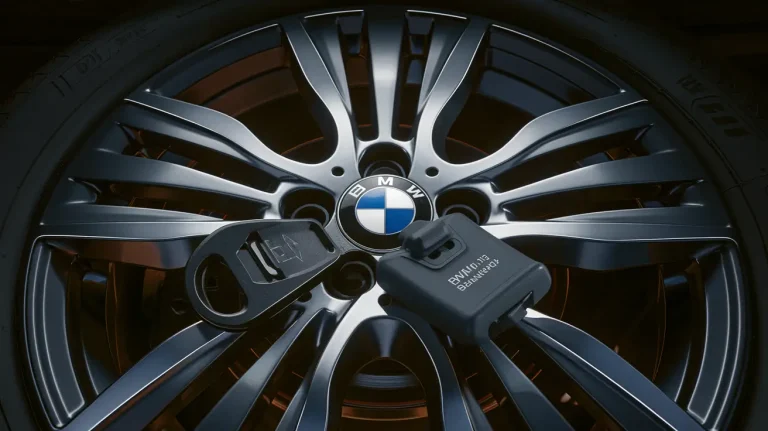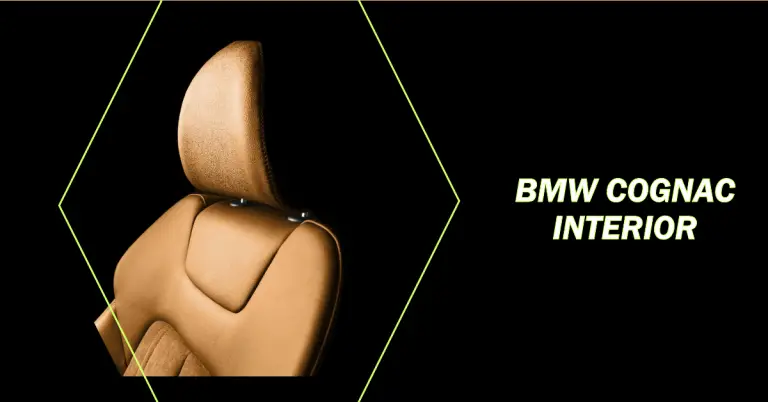Where is the Transmission Dipstick on a BMW?
If you own a BMW, checking your transmission fluid regularly is an important maintenance task. But BMWs are known for having hard-to-find dipsticks. Do you know where yours is?
The location of the transmission dipstick on a BMW depends on whether the vehicle has rear-wheel drive or front-wheel drive. Read on to learn exactly how to locate yours.
Understanding BMW Transmission Designs
BMW utilizes different transmission designs depending on the model. This affects where you’ll find the transmission dipstick.
Rear-Wheel vs Front-Wheel Drive
Most BMW models are rear-wheel drive. This means that power is sent to the back wheels rather than the front.
On rear-wheel drive BMWs, you’ll find the transmission dipstick at the rear of the engine bay, usually on the passenger side.
Some newer BMW models use a front-wheel drive system. With front-wheel drive, power goes to the front wheels.
On front-wheel drive BMWs, the transmission dipstick will be located at the front of the engine on the driver’s side.
Automatic vs Manual Transmissions
BMW offers both automatic and manual transmissions.
On models with a manual transmission, the dipstick is housed underneath the vehicle. You’ll need to jack up the car to access it.
For automatic transmission BMWs, the dipstick is in the engine bay. Simply pop the hood to locate it.
Locating the Dipstick – Rear-Wheel Drive
If your BMW has rear-wheel drive, the transmission dipstick will be toward the back of the engine compartment, typically on the passenger side.
Here are a few examples of where to find it:
- 2005 BMW 645Ci – Rear of engine, passenger side
- 2009 BMW 328i – Passenger side near firewall
- 2013 BMW 550i – Under hood lining on passenger side
- 2016 BMW 640i – Behind engine, passenger side
The dipstick handle is usually red or yellow and may say “Auto Trans” on it. If you’re having trouble, check your owner’s manual for the exact location.
Transmission dipstick on a rear-wheel drive BMW 328i, located on the passenger side near the firewall.
Locating the Dipstick – Front-Wheel Drive
For front-wheel drive BMW models, you’ll need to look toward the front of the engine bay, on the driver’s side.
Some examples:
- 2014 BMW 228i xDrive – Left front corner of engine
- 2016 BMW X1 – Under the hood lining, left side
- 2021 BMW 2 Series Gran Coupe – Front of engine, next to oil dipstick
- 2022 BMW iX – Left side of engine bay behind battery
The transmission dipstick in a front-wheel drive BMW is often right next to the oil dipstick for easy identification. It should be labeled with “Auto Trans” or a similar marking.
On this 2016 BMW X1, the transmission dipstick is located on the driver’s side, under the hood lining.
Preparing to Check Transmission Fluid Level
Before popping the hood to check the fluid level, you’ll want to make sure your BMW is prepared:
- Warm up the engine – Let the car idle for a few minutes so the fluid reaches operating temperature. This allows you to get an accurate reading. The fluid temperature should be between 85-120°F before checking.
- Park the car – Make sure the vehicle is in park with the parking brake on for safety.
- Gather supplies – Have an absorbent rag handy to wipe off the dipstick. You may also want to keep your owner’s manual nearby in case you need help locating the dipstick.
Once the engine is warmed up and the car is safely parked, you’re ready to check the transmission fluid.
How to Check Transmission Fluid Level
Follow these steps to check the fluid level in your BMW:
- Locate the dipstick – Find the transmission dipstick based on whether your car has rear-wheel or front-wheel drive (see info above).
- Remove the dipstick – Carefully pull out the transmission dipstick from its tube.
- Wipe it clean – Use your rag to remove any fluid on the dipstick so you can get an accurate reading.
- Reinsert the dipstick – Place the dipstick all the way back into the tube.
- Remove and inspect – Pull out the dipstick again and check the fluid level. It should be between the “MIN” and “MAX” lines.
- Add fluid if needed – If the level is low, pour some transmission fluid into the tube slowly, rechecking the dipstick frequently.
- Replace the dipstick – When the fluid level reads full, slide the dipstick back in all the way.
Use an absorbent rag to wipe the dipstick before inspecting the fluid level.
This simple process should only take a few minutes. Refer to your owner’s manual if you need step-by-step instructions specific to your BMW model.
Reading the Dipstick
When you pull out the transmission dipstick for inspection, make sure you analyze:
- Color – Healthy fluid is generally red or pink. Dark brown or black fluid indicates a problem.
- Smell – Take note of any burning odors, which can signify overheated transmission fluid.
- Level – Fluid should measure between the minimum and maximum markers.
If the color is very dark, the smell is burnt, or the level is low, you likely need a fluid change or other transmission service. Schedule an appointment with your BMW dealer promptly.
Adding Transmission Fluid
If the fluid level reads low on the dipstick, add some fluid through the dipstick tube:
- Use the right fluid – Consult your manual to see what specific type your BMW transmission requires. Never mix fluids.
- Add slowly – Use a funnel and pour in a little fluid at a time, rechecking the dipstick frequently to avoid overfilling.
- Don’t overfill – Fluid expands when hot. Too much can cause leaks and damage. Stop at the “MAX” line.
Only top off the fluid to bring it up to the proper level. If it is very low or empty, a leak may exist, requiring professional attention.
When to Change Your Transmission Fluid
You don’t need to replace your BMW’s transmission fluid as often as you change the oil, but it does need periodic replacement. Here are some guidelines:
- Every 50,000-100,000 miles
- When installing or overhauling transmission
- When experiencing shifting problems
- If fluid is very dark or smells burnt
Severe driving conditions like frequent towing may require more frequent changes. Refer to your maintenance schedule for the intervals recommended by BMW.
Signs of Transmission Problems
Catching transmission issues early makes them less costly to fix. Here are some signs your BMW may be having trouble:
- Slipping – Engine revs but car doesn’t accelerate as normal
- Hesitation – Transmission seems to stumble or delay shifting
- Noisy – Whining, humming or grinding sounds
- Warning lights – “Service Transmission” or “Transmission Malfunction” appear
Start by checking the fluid level. Low fluid can cause these symptoms. But if the level is fine, make an appointment with your BMW dealer right away to diagnose the problem.
Getting Service at a BMW Dealer
While you can check your BMW’s transmission fluid at home, it’s best to have other transmission maintenance performed by dealer technicians.
Benefits of dealer service include:
- Expert technicians trained on BMW transmissions
- Access to state-of-the-art diagnostic tools
- Use of Genuine BMW Parts for any repairs needed
- Manufacturer-approved fluid and procedures
For peace of mind, protect your investment by using only BMW-approved service centers for transmission work. You can schedule an appointment for transmission service online or by phone.
Caring for Your BMW Transmission
To maximize performance and longevity of your BMW’s transmission:
- Check transmission fluid monthly
- Follow the factory maintenance schedule
- Use BMW-recommended fluid types
- Drive conservatively to reduce wear
- Listen and watch for signs of trouble
With proper care and routine maintenance, your BMW’s transmission should give you many years and miles of reliable service. Be diligent about checking the fluid level according to the steps in this article.
Keep Your BMW Running Smoothly
Knowing where your transmission dipstick is located makes checking fluid levels quick and convenient. Monitor yours regularly so you can address any low fluid or other problems before expensive repairs are needed. With basic knowledge of your BMW’s transmission and a consistent maintenance routine, you can help it shift smoothly for years to come.
For professional transmission service and repairs, the expert technicians at your local BMW dealer have the experience, training and tools to properly care for your vehicle’s transmission. Don’t hesitate to contact them for an appointment if you have any concerns with your BMW’s shifting performance.







